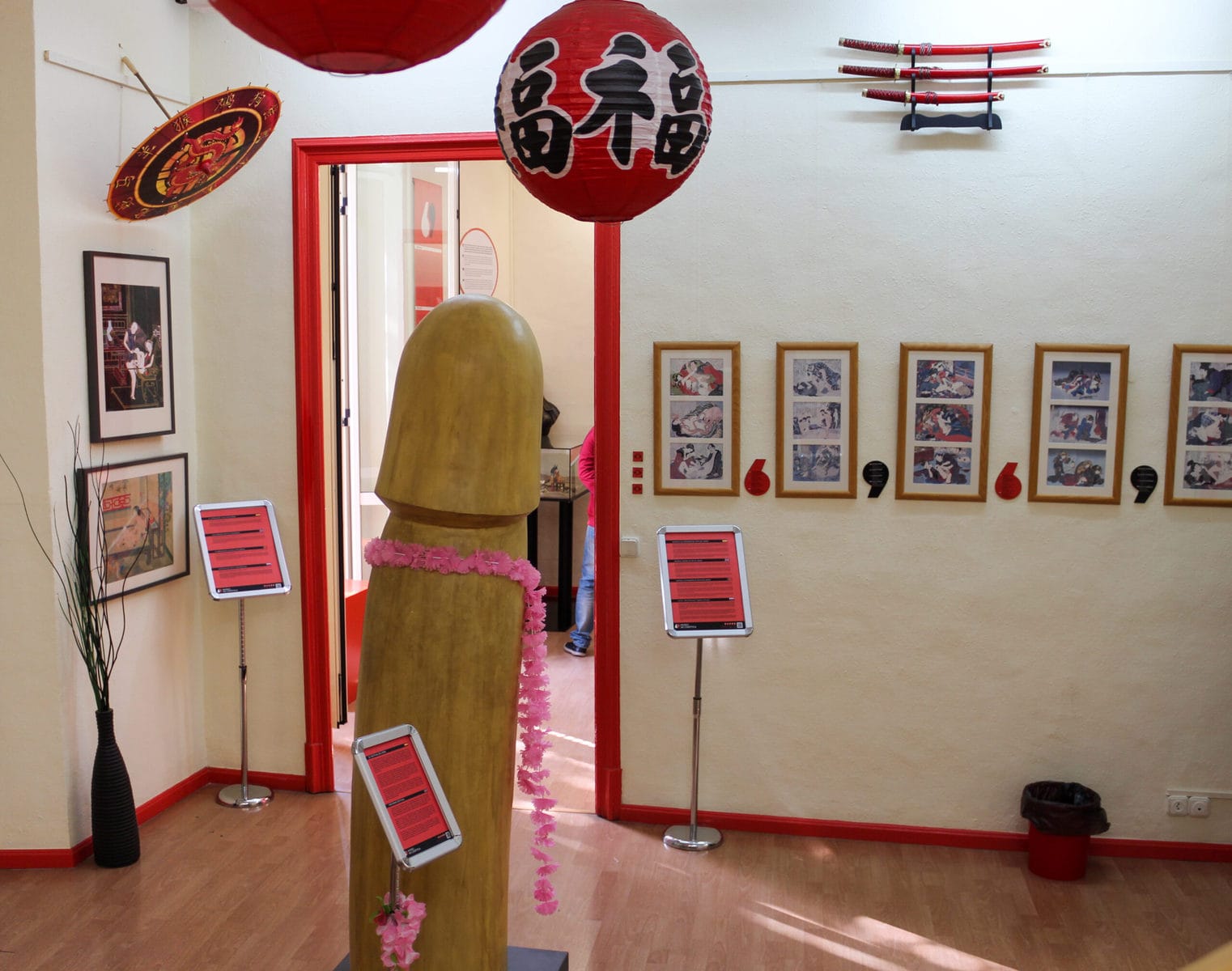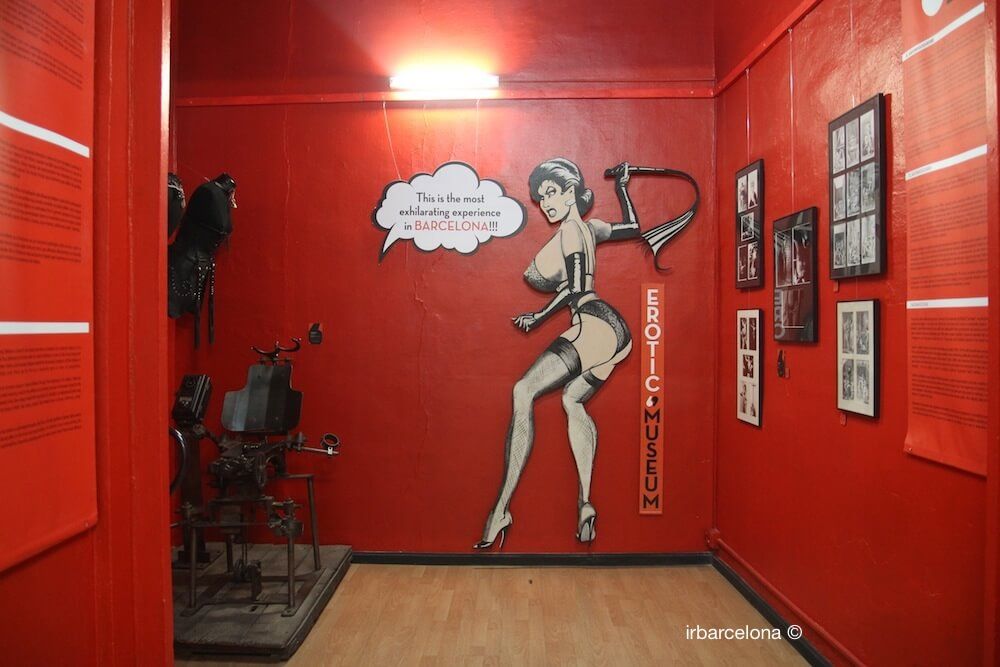By Katerina Dimarogkona,
After a visit to this museum, I first wondered why someone should go there. Is it a tourist trap? Refrain from looking down on it though, as it revealed misconceptions I had about sex in antiquity that you probably have too. It became clear that regular museums present an inadequate, incomplete narrative of history, one that conveniently erases issues surrounding sex, painting a picture of the ancients as way more conservative than they were, as well as hiding issues of female oppression.
The reason for that is, museums were created for a target audience and that audience is families and schools. So when you have been to any museum, all the exhibits have to be suitable primarily for children. There have been aspects of those people’s lives that have been neglected by the school system and museums for not being PG-13. So keep in mind that all the historical evidence you have ever been presented with has been hiding information.

Information like the fact that brothels were so common in the Roman Empire, that in Pompeii marble penises were carved in the streets to point the way to them, and that bestiality was widely accepted. Or, that in India sex was thought of as a sacred activity, and thus different positions of it were depicted in temples. The point is not that I did not know a lot of that stuff. It is just that intuitively, I had not really taken them in.
Hiding such information leaves an impression that sex was not a prominent part of ancient culture: that it was something that happened underground and secretly, which is false. When you go to such a museum and you see exhibit after exhibit of sexual artwork, handbooks of sex positions for new wives passed down from their mothers in China, and a slew of other related cultural artifacts it really drives the point home. Ancient cultures really cared about physical intimacy and were more open about it than we imagined. In fact, it seems that society in many ways had fewer taboos than it did after the middle ages.
The official historical narrative has neglected this evidence, and that is what makes the museum not a tourist trap, but educational in many aspects. Which raises the question: when we ignore these parts of their lives are we in some aspects more puritan than the ancients?
For the part of the museum concerning more recent eras of history, the value of the exhibition is that it shows horrific evidence of female oppression of the times. We see Chastity belts, which were supposedly used during the Crusades to ensure fidelity in wives when the husband went to war. It is a symbol of female ownership of the time although, modern evidence suggests its use might have been more metaphorical than literal.
We can also see weird pleasuring machines made by doctors to cure “female hysteria” a disease which basically meant that in those times, female sexuality was considered to be a disease, so physicians would cure natural sexual frustration with the use of strange metal machines designed to give medical orgasms, invading every conception of those women’s freedom and personal space.

And of course, the hidden shameful history of vibrators, the need for which was such that they were invented in the 1880s, but which had to be disguised as household appliances such as “neck massagers” or “cooking aides” to not arouse suspicion in the women who used them. To give you some perspective, the first vacuum cleaner was only invented in 1901. The strangest of these devices though was a primitive 18th-century machine called “the widow’s stool”, a contraption full of awkward cogs and levers created in the time before electricity, and which had the use of pleasuring women who had no access to sexual relations since it was deemed unacceptable by society at the time.
This is recent history and history that should become real in our eyes. While feminism has worked a lot at fighting for women to have sexual freedom, it is still too easy for many to think of the essential nature of women historically as kind of pure and asexual. That the repression they faced suited “female nature”. But that would be sticking to the narrative of the times, the way society at the time wanted to be seen based on their standards. Not ours. The actual truth is that this denying of the sexual nature of women led to oppression in ways that are almost unimaginably cruel today. So, it is startling and therefore educationally worthwhile to see it live.
References
- Barcelona Erotic Museum. museos.com. Available here
- Most Famous Erotic Temples of India. indiatimes.com. Available here




